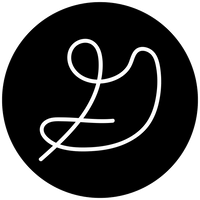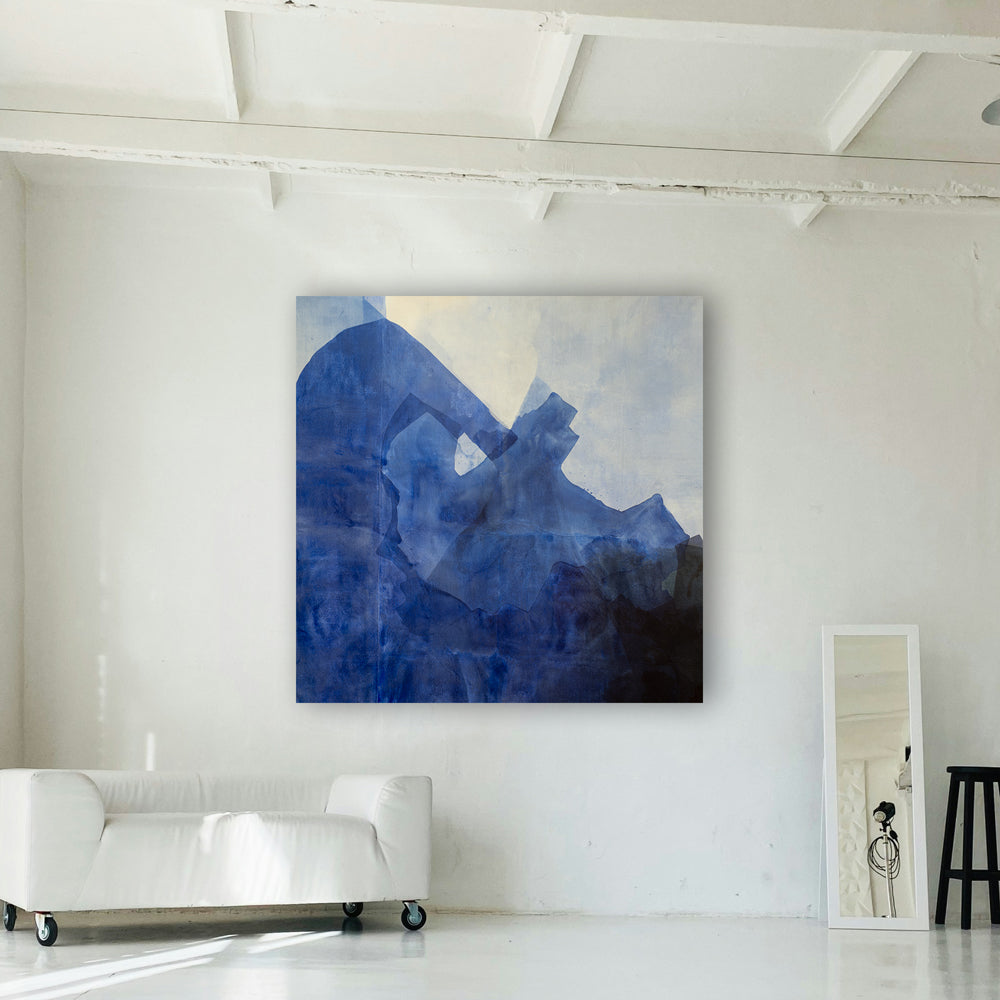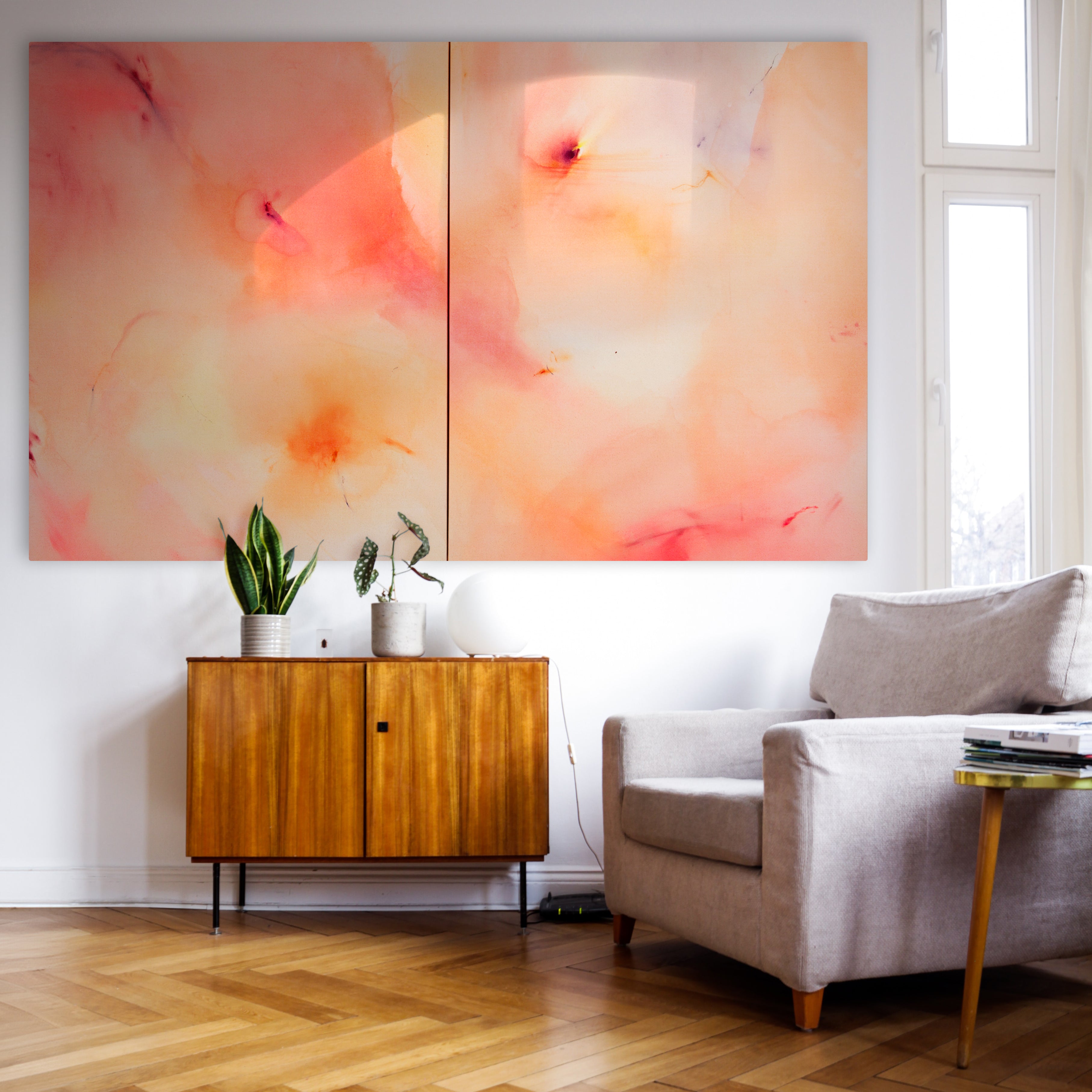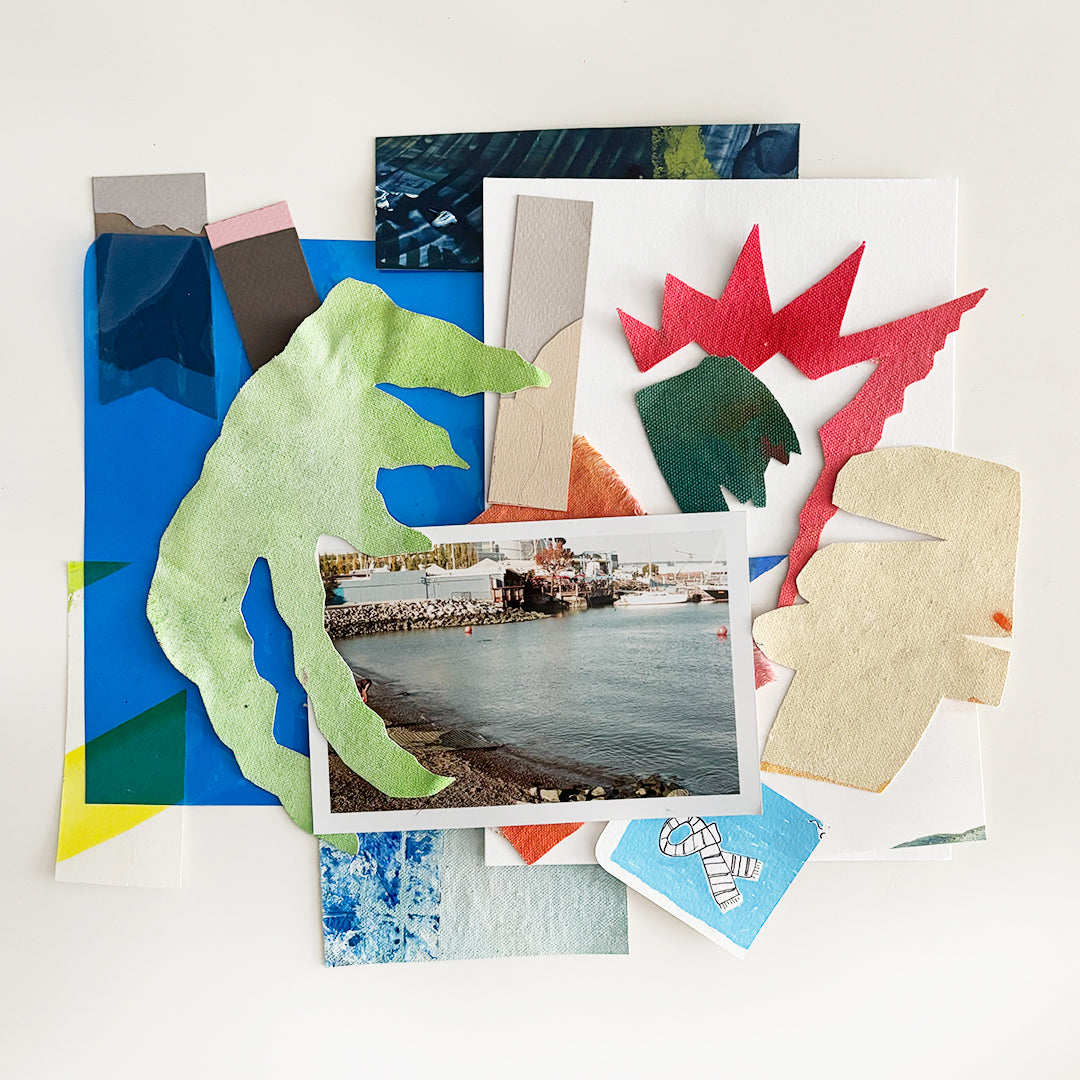This week is magical. Between 24 December and 1 January, the present slows down enough as we turn into a new year that the once messy day-to-day of our past crystallizes into neat lessons learned, accomplishments accomplished, and memories made while, at the same time, our future selves bend serendipitously into our ideal forms. This year, unlike all those other stupid years, we will run four marathons, double our income, join a band, and volunteer while traveling to our top bucket list destination. It is a magical week with magical thinking. Delusional. And I'm here for it.
Updates
💝 Usually, I give 1% of my income to the planet to help offset the environmental costs of making and shipping physical products (I donated to the Clean Air Task Force this year). Until the war in Gaza is over, I will give that money to Anera, which provides emergency relief through meals, medical supplies, and health clinics. My contribution is a tiny amount with a microscopic impact, yet it seems more effective than the letters to Kirsten Gillibrand, Chuck Schumer, Dan Goldman, and Joe Biden.
Three Learnings From My First Year in Art
This year, I pivoted from design and research to art. I took my first painting class. I learned to make abstract paintings. I set up an LLC. I made my first series. I sold my first painting. Then I sold a few more. Looking back, here are three (of many!) learnings from the challenges I faced along the way.
-
MAKE SPACE FOR UGLY ART
I have heard other artists say they make a lot of work that never gets shown, but only now do I understand what they mean. They are not only talking about sketches drawn for a final painting or failed experiments. They are talking about how much art they make that is divorced from a final project. The kind of art you make as an artist that is necessary to keep you sane, to keep you going. The art you expect so little of you could make it and throw it away. The art you don't fuss over aesthetically. The art you make and don't care if it makes sense, or if it means anything, or if it will sell, or — most importantly — if it’s any good at all. In 2023 I made 100 paintings on paper, then 100 thumbnail sketches, started experimenting on canvas, then took my favorite parts of those experiments and developed my first series. Everything fed into the next thing in a straight line that walked right off a cliff once that series launched. In the final months of 2023, I had to find my way back to myself and my creative process by making space for ugly art. Art with a lowercase a. Art not meant to be seen. Art made to process feelings when words are ineffective. Art to commemorate an event or a trip. Art to unblock. Art to give away. Art for boredom, art for play. The kind of art that can heal, the kind of art that anybody can do. The kind of art that makes me want to make art no matter what.
-
THE IVY LEE METHOD
One of my biggest challenges as an artist with ADHD is time management. I don’t have a boss or cofounders, I don’t have external deadlines, I don’t have clients with briefs in hand. Creating the Slow Burn series was the perfect forcing function, especially when I was close enough to give myself a launch date, but after I finished all thirteen paintings and the new website was up, a vacuum formed where a lofty goal used to be. The dreaded Now What? I knew all the things I wanted to do next: I wanted to paint my second series, learn how to make videos, create data visualizations, find ways to pull research into my work, market my work, get better at talking about my art, network, take another art class, practice gesture drawing, look for a studio, and start meditating again. But what I didn't know was where to focus. It all seemed equally important. Enter: the Ivy Lee Method. At its core, it is nothing more than a to-do list, but a to-do list with two key differentiators: 1. All tasks are to be prioritized in advance, the day or week before. This premeditated prioritization is crucial in maintaining momentum and staving off decision fatigue by no longer having to scan a to-do list after completing each task. 2. Each day has at most six top-priority tasks. This number will realistically vary from person to person, but what is important here is that there is a finite number. A number that seems smaller than you imagine your future self capable of. A number that acknowledges and honors the realities of a sustainable workday.
-
TRY TO LOVE THE QUESTIONS
As an abstract painter interested in how art promotes healing, I come to my canvas with emotion, not the final image pre-planned. This approach is — at best — exhilarating and — at worst — terrifying, but always it requires an openness and a willingness to let go and fall into action before knowing the answers. In design, we call that Trust the Process. The idea of a design process got me thinking about a painting process. What is the painting process? What is my painting process? How do I know what is worth working on? How do I create space for exploration? How do I make something with the intent to entice joy, delight, or calmness? How do I know if I have been successful? And what questions am I not asking that maybe I should? I know how to answer these questions in a design process, but I am still uncovering the answers within my creative art practice and trying to love the questions themselves.
🗣️ What has venturing into a new space taught you? What have you learned this year that you want to carry into the next?









